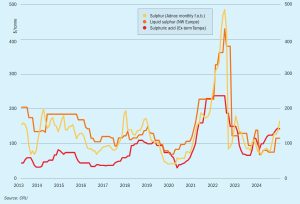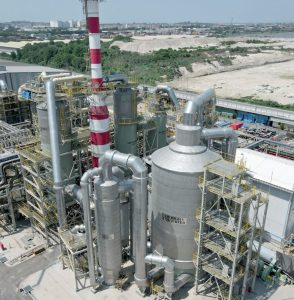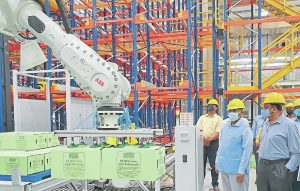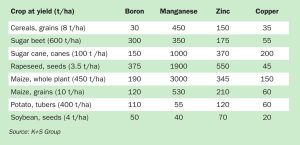
Market Outlook
Sulphur prices may remain stable before decreasing on muted demand and transactions may increase in frequency contributing to price decreases in the first half of 2025.

Sulphur prices may remain stable before decreasing on muted demand and transactions may increase in frequency contributing to price decreases in the first half of 2025.

Short term supply constraints are dominating acid markets at present, but increasing smelter production across Asia may lead to oversupply in the longer term.

Demand for nitrates has rebounded after a difficult period following the dislocations caused by the war in Ukraine, with UAN in particular seeing rapid growth. Technical ammonium nitrate is also growing on the back of increased mining activity.

Part 1 of this series on stripper efficiency issues provided a brief history of the CO₂ stripping process and discussed how the invention of the HP CO₂ scrubber back in the 1960s revolutionised urea technology. In part 2 we take a look at how high liquid load can affect stripper efficiency.

Indian producers have begun producing nanofertilizers at scale with the backing of the national government, as part of efforts to improve nutrient use efficiency, limit fertilizer subsidies and reduce fertilizer import dependency. But some scientists have questioned the claimed benefits and the overall efficacy of these novel crop nutrient products.

Levity Crop Science has a growing reputation as a leader in functional fertilizers, offering novel products that boost nitrogen and calcium efficiency and the crop uptake of micronutrients such as boron, molybdenum and silicon. This has culminated in the recent completion of a new research and development centre near Preston in the UK.

Today’s agronomists and farmers recognise the importance of boron in agriculture. But what do we know about why plants need boron and how boron deficiency affects crops? Fabiano Silvestrin, Principal Advisor, Global Market Development, Agriculture, at U.S. Borax has some answers.

Dr Setareh Jamali Jaghdani and professor Jóska Gerendás of K+S Group outline how micronutrient management, by positively influencing plant physiology and development, helps maximise crop yields.

The production and use of nitrogen fertilizers are responsible for around five percent of global greenhouse gas (GHG) emissions. The fertilizer industry will need to drastically cut these emissions by 2050 as part of its contribution to the 1.5 °C global warming target. Yet around 48 percent of the global population rely on crops grown with nitrogen fertilizers. Guaranteeing food security, by continuing to supply affordable crop nutrients at scale, while transitioning to a low-carbon future, is therefore the collective challenge for the global fertilizer industry and world agriculture.

We highlight recent innovations, including fertilizers recovered from industrial residues, novel controlled-release coatings, and products that incorporate biological components designed to benefit both crop nutrition and soil heath.